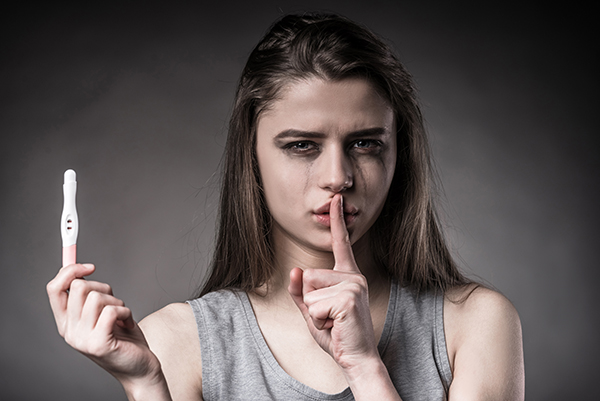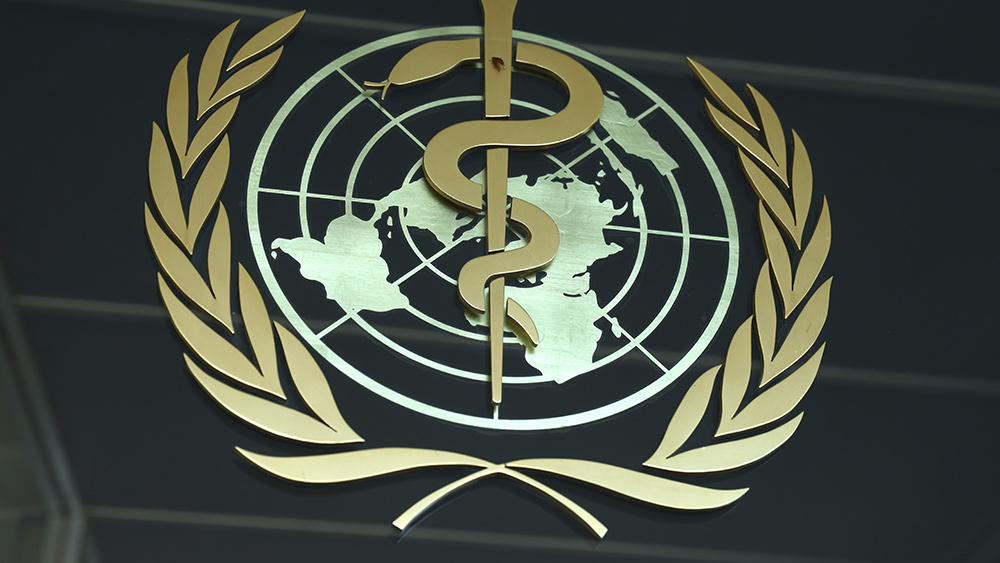
A newly released Gallup poll found that the percentage of American adults who report they have received a diagnosis of depression at some time in their life has hit 29 percent. This is a full 10 percentage points greater than 2015's figure. Meanwhile, the percentage of Americans who report either being treated for depression in the past or currently receiving treatment has risen to 17.8 percent, marking a rise of seven points in the same time period.
The poll involved more than 5,000 American adults and was conducted during the last week of February. It is part of the ongoing Gallup National Health and Wellbeing Index. Gallup reports that these are the biggest rates on record since they started this particular measure of depression among Americans.
Women, young people and minorities are more likely to report depression
Certain groups are experiencing depression at higher rates. For example, women are far more likely to be diagnosed with depression than men, with 36.7 percent of women reporting receiving a depression diagnosis at some time in their life versus just 20.4 percent of men. The rate of depression among women has climbed at nearly double the rate seen in men.
This may be due, at least in part, to the fact that women tend to be more proactive in seeking treatment for mental health issues than men. Women have historically reported significantly greater rates of depression than men, but the gap has grown bigger since the pandemic. This may be attributed to the number of women who had to leave the workforce to take care of children who were unable to go to school during the pandemic. It is also worth noting that women accounted for more than three fourth of the workers in healthcare roles during 2019, which meant they were more likely to be exposed to the psychological and emotional toll of the pandemic.
It also appears that young people are struggling, with individuals between the ages of 18 and 44 experiencing considerably higher rates of depression diagnoses than people who are older than 44. Gallup notes that young adults are also more likely to report loneliness and tend to need more social time than older people. They were also more likely to lose their jobs during the pandemic.
Meanwhile, Hispanic and black adults are seeing depression rates climb quickly, and they now exceed the depression rates noted in white respondents. While 29 percent of white adults report being diagnosed with depression during their lifetime, the figures for black and Hispanic adults are 34.4 percent and 31.3 percent respectively.
The pandemic is undoubtedly to blame for much of the rising depression in the U.S. Although clinical depression was already climbing before it hit, it has spiked in the aftermath of the pandemic. Fears of infection and the psychological effects of social isolation have certainly played a role, as have psychological exhaustion and increases in substance abuse.
This problem is not unique to the U.S., with four out of every ten adults around the world aged 15 and above reporting that they have either experienced notable anxiety or depression or have a family member or close friend who does. Past research from Gallup found that 22 percent of adults in North America have had anxiety or depression that is so strong that it rendered them unable to conduct their regular daily activities for a period of two weeks or longer. The global rate is 19 percent.
Sources for this article include:
Please contact us for more information.






















